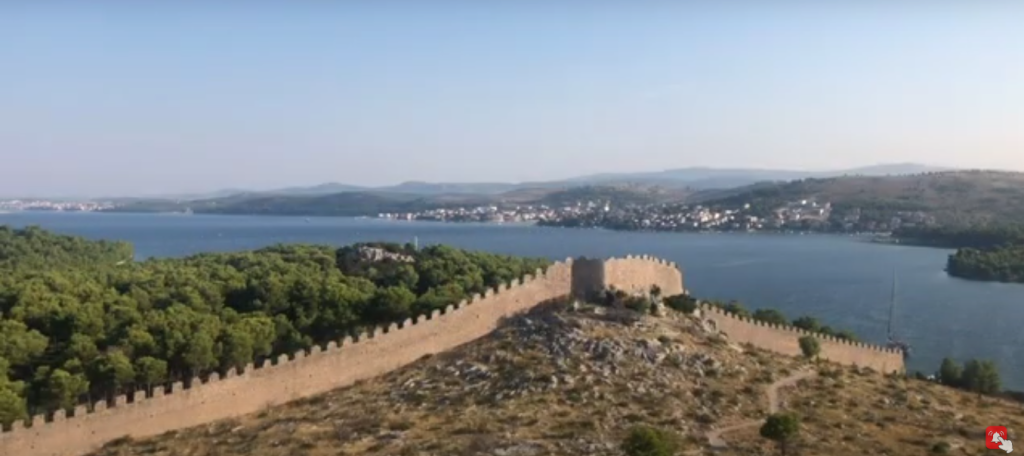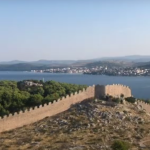November the 26th, 2024 – Whenever you hear the Croatian “Great Wall of China” mentioned, your mind likely goes to Ston, but it shouldn’t…
Much like the remarkably well preserved Medieval walls of Dubrovnik which surround the UNESCO protected Old City, the walls surrounding nearby Ston also get plenty of press. They’re often coined the Croatian “Great Wall of China” by foreign publications, and they’re impressive indeed. Once stretching over seven kilometres to protect the settlement of Ston when it made up part of the formerly autonomous Dubrovnik Republic (Ragusa), they were constructed in 1358.
They attract the crowds, much like their far larger (and arguably much more famous) counterparts further south in Dubrovnik. They’re far from Croatia’s only famous walls, however, despite getting the vast majority of the limelight. For the real Croatian “Great Wall of China”, we need to head further up the Dalmatian coast to the wider Šibenik area, the first coastal city founded by the Croats.
As Morski writes, The Wall of Oštrica (Bedem Grebaštica), popularly known as the Croatian “Great Wall of China”, was built five years after Columbus first “discovered” America, way back in in 1497.
These walls stretch from one side of the peninsula to the other, and are 6 to 9 metres high, or 60 to 80 centimetres wide. They don’t get a fraction of the press other fortified and defensive walls across the country enjoy, but they’re no less fascinating.
In the book “Villages of the Šibenik District” written by historical chronicler Don Krsto Stošić in 1941, it is stated that the construction of these walls was initiated in 1497 by the Venetian Doge Augusto Barbadigo. He then paid 200 ducats to begin their construction across the entire peninsula, intending them to reach “from sea to sea”.
Initially, these walls were used as a shelter from the frequent Ottoman attacks that were occurring across Croatia and the immediate region during those tough years. Later on, they were used as a quarantine for those suffering from the Black Death (bubonic plague). After that terrible period finally drew to a close, taking many lives across Europe with it, locals used the walls as a shelter from pirate attacks carried out primarily by British vessels.
Fast-forwarding all the way to the modern day, this interesting old defensive wall is considered a symbol of the settlement of Grebaštica, as well as the Oštrica peninsula. Over more recent years, a valuable archaeological site has been discovered there, and while it isn’t as famous as its southern Dalmatian counterparts, the Croatian “Great Wall of China” in unassuming little Grebaštica is definitely worth a visit.









